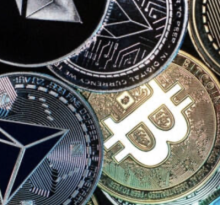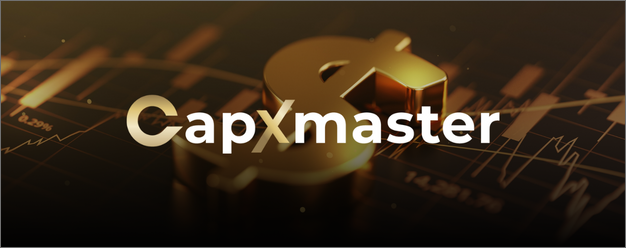Dollar rises versus euro ahead of Fed meeting
On Monday, the dollar strengthened against the euro as investors braced for the possibility that the Federal Reserve might resist expectations of an immediate rate cut at the conclusion of its two-day meeting on Wednesday.
Traders now see a 48% chance of the Fed cutting rates in March, down from 89% a month ago, according to the CME Group’s FedWatch Tool. This change reflects ongoing data supporting the strength of the U.S. economy.
Indeed, the contrast in economic outlooks between the United States and European countries is making the single currency less appealing in comparison.
“The macro picture in the U.S. looks a lot better than the macro picture in European union countries and the eurozone in general,” said FX trader at Monex USA in Washington, Helen Given.
Investors anticipate the Fed to maintain steady rates on Wednesday, with attention turning to comments from Fed Chairman Jerome Powell. In December, Powell suggested a shift towards a rate-cutting cycle, prompting investors to closely analyze his remarks for insights into future monetary policy.
“We’ll probably see a bit of pushback on the last meeting,” said Given. “I’d expect that a lot of the dollar strength that we’re seeing today, and we should continue to see until that decision release on Wednesday, is coming from shifting expectations.”
The euro slipped 0.20% to $1.08290 and earlier touched $1.07955, marking its lowest level since December 13th.
The European Central Bank (ECB) maintained its record-high interest rates at 4% on Thursday and reiterated its dedication to combating inflation, despite nearing the time for initiating a reduction in borrowing costs.
“ECB President Christine Lagarde emphasized during her press conference that the debate over rate cuts was premature but reiterated that borrowing costs could be lowered from the summer. Lagarde also did not lean against aggressive money market expectations of the ECB’s easing cycle,” said Win Thin, global head of currency strategy at Brown Bothers Harriman, in a note.
On Monday, ECB policymakers expressed differing opinions regarding the precise timing of a rate cut or the specific catalyst that would prompt such action.
Traders have fully priced in a move in April, with almost 150 basis points of easing anticipated for the year.
The dollar index, tracking the U.S. currency against six rivals, was recently down 0.05% at 103.50. Earlier, it reached 103.82, matching last week’s peak, the highest level since December 13th.
The index dipped during afternoon trading, correlating with Treasury yields following the U.S. Treasury’s announcement that it anticipates borrowing $760 billion in the first quarter, $55 billion less than previously estimated in October.
Ahead of the Bank of England’s policy announcement on Thursday, sterling remained stable at $1.27050 throughout the day.
The greenback declined by 0.45% to 147.45 yen. However, the Japanese currency is poised for a 4.5% decline in January as traders moderate their expectations regarding the timing of the Bank of Japan’s exit from its ultra-loose policy.
Investors are also cautious about escalating geopolitical risks following the death of three U.S. service members in an aerial drone attack on U.S. forces in northeastern Jordan, near the Syrian border.
Analysts suggest that such uncertainties could temporarily boost the safe-haven yen.
Risk Warning: CFDs are complex instruments and come with a high risk of losing money rapidly due to leverage. 80.38% of retail investor accounts lose money when trading CFDs with this provider. You should consider whether you understand how CFDs work and whether you can afford to take the high risk of losing your money.






